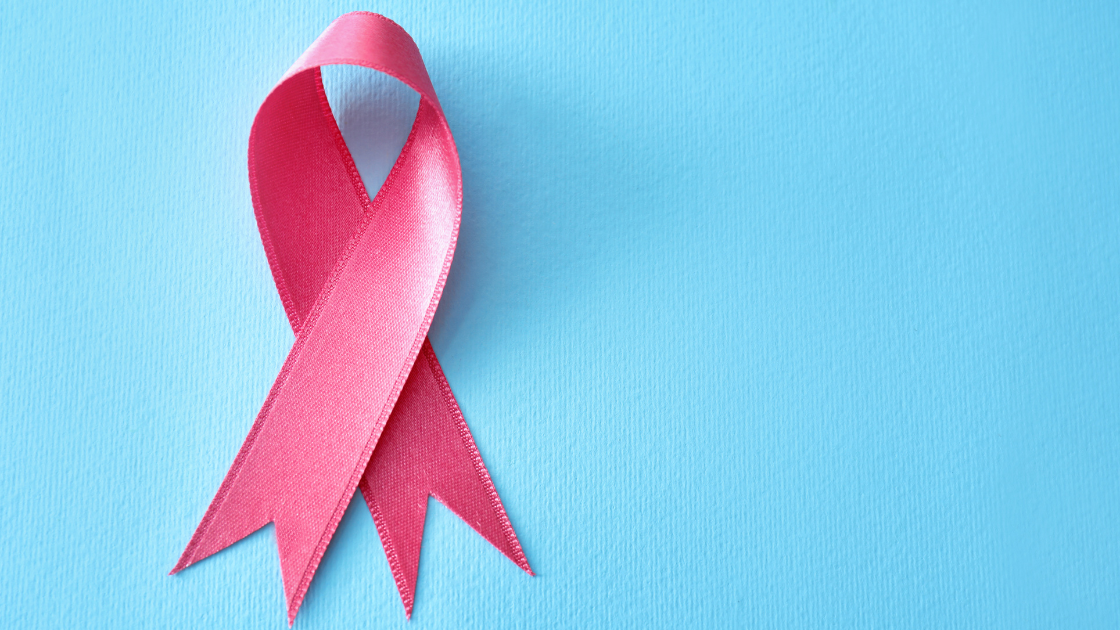
PFAS and Breast Cancer: What You Need to Know
October is Breast Cancer Awareness Month , a time to reflect on the strides we've made in understanding and combating breast cancer while acknowledging the ongoing challenges we face. One of the emerging areas of research is the potential link between environmental pollutants, particularly PFAS (per- and polyfluoroalkyl substances), and breast cancer. Understanding this connection is crucial as we seek to reduce risk factors and enhance prevention efforts.
What Are PFAS?
PFAS are a group of man-made chemicals known for their resistance to heat, water, and oil. Commonly referred to as "forever chemicals," PFAS do not break down easily in the environment or in the human body. They are found in a variety of products, including non-stick cookware, water-repellent fabrics, and some cleaning products. PFAS have been linked to several health issues, including liver damage, thyroid disease, and various cancers.
💡 Did you know?
PFAS were first developed in the 1930s to make products more resistant to water and stains. These "forever chemicals" have since been found in a wide range of everyday items, from non-stick pans to waterproof clothing!
The Link Between PFAS and Breast Cancer
Recent studies have raised concerns about the potential link between PFAS exposure and breast cancer. Research indicates that PFAS may contribute to breast cancer development through several mechanisms:
1. Hormone Disruption
PFAS can interfere with endocrine function, potentially disrupting the balance of hormones such as estrogen . Since many breast cancers are hormone-sensitive, this disruption could increase the risk of developing breast cancer.
2. Cellular Damage
PFAS have been shown to cause oxidative stress, which can damage cellular DNA. This damage can lead to mutations that may contribute to cancer development, including breast cancer.
3. Immune System Impact
PFAS exposure can weaken the immune system, reducing the body's ability to detect and destroy cancerous cells. A compromised immune system may make it harder for the body to combat early stages of breast cancer.
Evidence from Recent Research
Recent studies have provided insight into the connection between PFAS and breast cancer. For example, a study published in Environmental Toxicology and Pharmacology investigated the effects of PFAS on breast cancer cells and found that these chemicals can significantly impact cellular behavior. The research highlights that PFAS exposure may influence the proliferation and migration of breast cancer cells, suggesting a potential mechanism through which PFAS could contribute to breast cancer development. This evidence underscores the importance of addressing PFAS exposure as part of a broader strategy for breast cancer prevention and awareness.
Reducing Your Risk
While the connection between PFAS and breast cancer is still being studied, taking proactive steps to reduce your exposure to these chemicals can be a crucial part of your overall health strategy. Here are some strategies:
One of the most effective ways to minimize risk is by using a high-quality water filter that is verified to remove PFAS from your drinking and bathing water. The Weddell Duo Shower Filter, for instance, is verified to eliminate 99% of PFAS, providing an extra layer of protection every time you shower.
Beyond filtering your water, it's also wise to be vigilant about the everyday products you use. Many household items, such as non-stick cookware, water-resistant clothing, and certain cosmetics, may contain PFAS. Opt for products labeled as PFAS-free and educate yourself on the ingredients in your household and personal care items. Additionally, supporting brands and companies that prioritize transparency and environmental responsibility can further reduce your exposure.
Staying informed about the latest research and guidelines on PFAS is another important step in reducing your risk. As new findings emerge, being aware of potential sources of exposure and understanding how to mitigate them will empower you to make safer choices for yourself and your family. By making these small but significant changes, you contribute to your overall well-being and help to protect those you love from potential harm.
Supporting Breast Cancer Research
As we observe Breast Cancer Awareness Month, it's essential to recognize the importance of supporting research initiatives that explore the environmental factors contributing to breast cancer, including the impact of PFAS. By donating to breast cancer research organizations, you are directly contributing to the advancement of scientific understanding and the development of more effective prevention strategies. Participating in awareness campaigns and advocating for stricter regulations on harmful chemicals like PFAS can also make a significant difference. Additionally, getting involved in community events such as charity walks or fundraisers not only helps raise vital funds for research but also fosters a sense of solidarity among those affected by breast cancer. Every effort, no matter how small, plays a crucial role in the collective fight against this disease. Together, we can support the scientific breakthroughs that will lead to a future where breast cancer is not only treatable but preventable.
Conclusion
Understanding the potential connection between PFAS and breast cancer is a vital step in enhancing prevention efforts and protecting public health. By staying informed and taking proactive measures, we can contribute to reducing the risk of breast cancer and promoting a healthier future. This Breast Cancer Awareness Month, let’s honor those affected by breast cancer by advocating for greater awareness and action on environmental health risks.
References
American Cancer Society. (n.d.). PFOA, PFOS, and Related PFAS Chemicals. https://www.cancer.org/cancer/risk-prevention/chemicals/teflon-and-perfluorooctanoic-acid-pfoa.html
Interstate Technology & Regulatory Council. (2020). History and Use of Per- and Polyfluoroalkyl Substances (PFAS) found in the Environment [PDF file]. https://pfas-1.itrcweb.org/wp-content/uploads/2020/10/history_and_use_508_2020Aug_Final.pdf
National Cancer Institute. (n.d.). PFAS Exposure and Risk of Cancer. https://dceg.cancer.gov/research/what-we-study/pfas#breast-cancer
Endocrine Society. (n.d.). PFAS Chemicals: EDCs Contaminating Our Water and Food Supply. https://www.endocrine.org/topics/edc/what-edcs-are/common-edcs/pfas
Chang, V. C., Rhee, J., Berndt, S. I., Moore, S. C., Freedman, N. D., Jones, R. R., Silverman, D. T., Gierach, G. L., Hofmann, J. N., & Purdue, M. P. (2023). Serum perfluorooctane sulfonate and perfluorooctanoate and risk of postmenopausal breast cancer according to hormone receptor status: An analysis in the Prostate, Lung, Colorectal and Ovarian Cancer Screening Trial. International Journal of Cancer, 153(4), 775–782. https://doi.org/10.1002/ijc.34487
Wielsøe, M., Long, M., Ghisari, M., & Bonefeld-Jørgensen, E. C. (2015). Perfluoroalkylated substances (PFAS) affect oxidative stress biomarkers in vitro. Chemosphere, 129, 239–245. https://doi.org/10.1016/j.chemosphere.2014.10.014
National Toxicology Program. (2016). Immunotoxicity Associated with Exposure to Perfluorooctanoic Acid or Perfluorooctane Sulfonate [PDF file]. https://ntp.niehs.nih.gov/sites/default/files/ntp/ohat/pfoa_pfos/pfoa_pfosmonograph_508.pdf
Pesonen, M., & Vähäkangas, K. (2024). Involvement of per- and polyfluoroalkyl compounds in tumor development. Archives of Toxicology, 98(5), 1241–1252. https://doi.org/10.1007/s00204-024-03685-7
Team Weddell Water
We're a passionate group of experts and self-care enthusiasts dedicated to revolutionizing the way you experience water. Based in Orange County, California, our team combines the expertise of PhD engineers, researchers, and health advocates to create innovative water filtration solutions like the Weddell Duo, ensuring cleaner, safer water for everyone.



0 comments